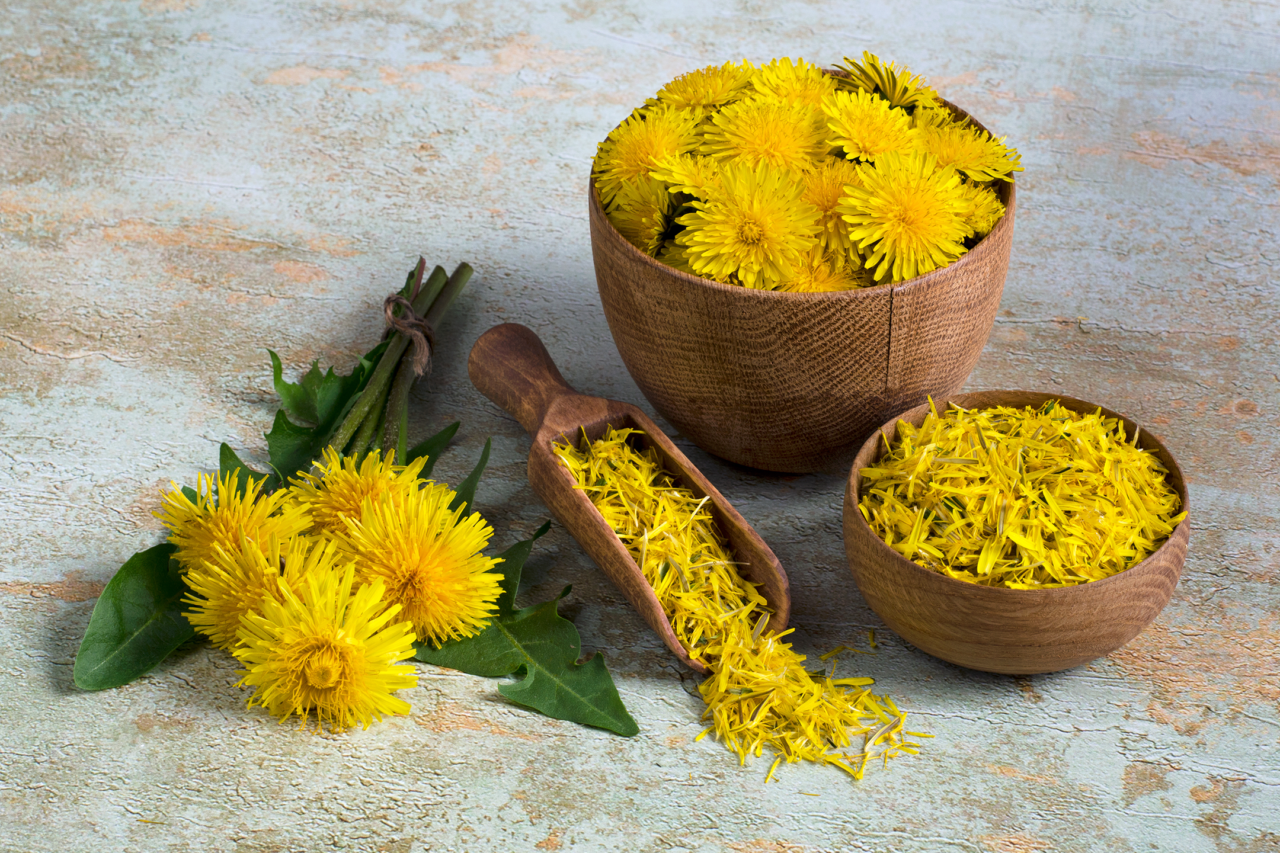

Introduction
With the increasing prevalence of diabetes in the US, there is significant interest in identifying effective diabetes therapies with few side effects. Because of the high cost of many medications, many patients and physicians are exploring alternative botanical treatments that may help with glycemic control. By researching different botanicals’ efficacy in lowering HbA1C levels or fasting blood glucose levels, we may find more healthy alternatives that are more affordable for moderate diabetic patients. We will review some lesser-known botanicals that are gaining popularity with Integrative Medicine physicians.
Water-extracted Touchi
As a traditional Chinese food, water-extracted Touchi (an extraction of fermented soybean) is thought to have a strong inhibitory effect against alpha-glucosidase in the intestines, resulting in an antihyperglycemic effect. A double-blinded randomized group of 36 subjects was conducted, where 0.3 grams of Touchi extract (TE) was administered to half of the subjects. Fasting blood glucose decreased from (6.9 ± 0.1 mmol/L) to (6.4 ± 0.3 mmol/L; P < 0.05), and A1c decreased from (6.1 ± 0.1%) to (5.6 ± 0.2%; P < 0.01). No side effects were noted from this experiment. Due to the statistically significant decreases noted in the experiment along with the lack of side effects, TE, when used before meals three times a day, may act as an alternative treatment for patients with borderline or type 2 diabetes (1). This can be taken as a capsule or eaten as part of the meal by adding fermented soybeans to the diet.
Warning: Undefined variable $posClass in /home1/mjhnewsc/public_html/wp-content/plugins/ap-plugin-scripteo/lib/functions.php on line 1078
Silybum marianum
Silybum Marianum, or milk thistle, is a plant with significant antioxidant properties. Antioxidants improve the sensitivity of insulin in type 2 diabetic patients, which is why it is believed this plant could be helpful for the management of diabetes. A randomized, double-blind, placebo-controlled clinical trial found that 200mg of silymarin taken three times daily before meals lowered average fasting blood glucose levels by 20 gm/dL after four months (2). The A1c of the experimental group also had a statistically significant decrease from 7.82 ± 2.01% to 6.78 ± 1.05% with a p-value < 0.001 after 4 months of treatment. Additionally, when taken consistently, silymarin was found to lower total cholesterol, LDL, and triglycerides. The recommended dose is 200 mg before each meal for managing diabetes and hyperlipidemia.
Warning: Undefined variable $posClass in /home1/mjhnewsc/public_html/wp-content/plugins/ap-plugin-scripteo/lib/functions.php on line 1078
Citrullus Colocynthis
Citrullus Colocynthis, or bitter apple/bitter cucumber, is a native plant that grows in the deserts around the Mediterranean and Asia. A randomized, double-blind, placebo-controlled clinical trial evaluated diabetics who ingested 100 mg capsules of C. Colocynthis thrice daily (3). The treated patients showed a fasting glucose decrease from 189.2 ± 27 mg/dL to 174.0 ± 34 mg/dL (p-value < 0.015), and the A1c in the experimental group decreased from 10.4 ± 1.9% to 9.0 ± 2.4% (p-value < 0.003). The placebo group had no statistically significant changes in their fasting blood glucose and A1c. The recommended dose is 100 mg of C. Colocynthis thrice daily with meals. The one downside to this medication is the risk of diarrhea since it has also been used as a laxative.
Warning: Undefined variable $posClass in /home1/mjhnewsc/public_html/wp-content/plugins/ap-plugin-scripteo/lib/functions.php on line 1078
Conclusion
Utilizing botanicals as an additional treatment option with traditional diabetic medications may promote better adherence for patients interested in integrative therapies. The three botanicals mentioned offer some mild benefits to glycemic control and could also be a preliminary recommendation along with lifestyle changes for patients in the pre-diabetic range. Another positive of taking these botanicals for diabetes management is their low risk of side effects from the medication. The future direction of botanicals in diabetes management should include more research on the plants discussed in this article. Overall, using many of these natural botanicals in conjunction with conventional management of diabetes can offer better outcomes for the patients regarding their A1c and fasting blood glucose levels.
References:
- Fujita, H., Yamagami, T., & Ohshima, K. (2001). Long-term ingestion of a fermented soybean-derived Touchi-extract with alpha-glucosidase inhibitory activity is safe and effective in humans with borderline and mild type-2 diabetes. The Journal of Nutrition,
131(8), 2105–2108. https://doi.org/10.1093/jn/131.8.2105
- Huseini, H. F., Larijani, B., Heshmat, R., Fakhrzadeh, H., Radjabipour, B., Toliat, T., & Raza, M. (2006). The efficacy of Silybum marianum (L.) Gaertn. (silymarin) in the treatment of type II diabetes: a randomized, double-blind, placebo-controlled, clinical trial. Phytotherapy research: PTR, 20(12), 1036–1039. https://doi.org/10.1002/ptr.1988 3) Huseini, H. F., Darvishzadeh, F., Heshmat, R., Jafariazar, Z., Raza, M., & Larijani, B. (2009). The clinical investigation of Citrullus colocynthis (L.) schrad fruit in the treatment of Type II diabetic patients: a randomized, double-blind, placebo-controlled clinical trial. Phytotherapy research: PTR, 23(8), 1186–1189. https://doi.org/10.1002/ptr.2754


